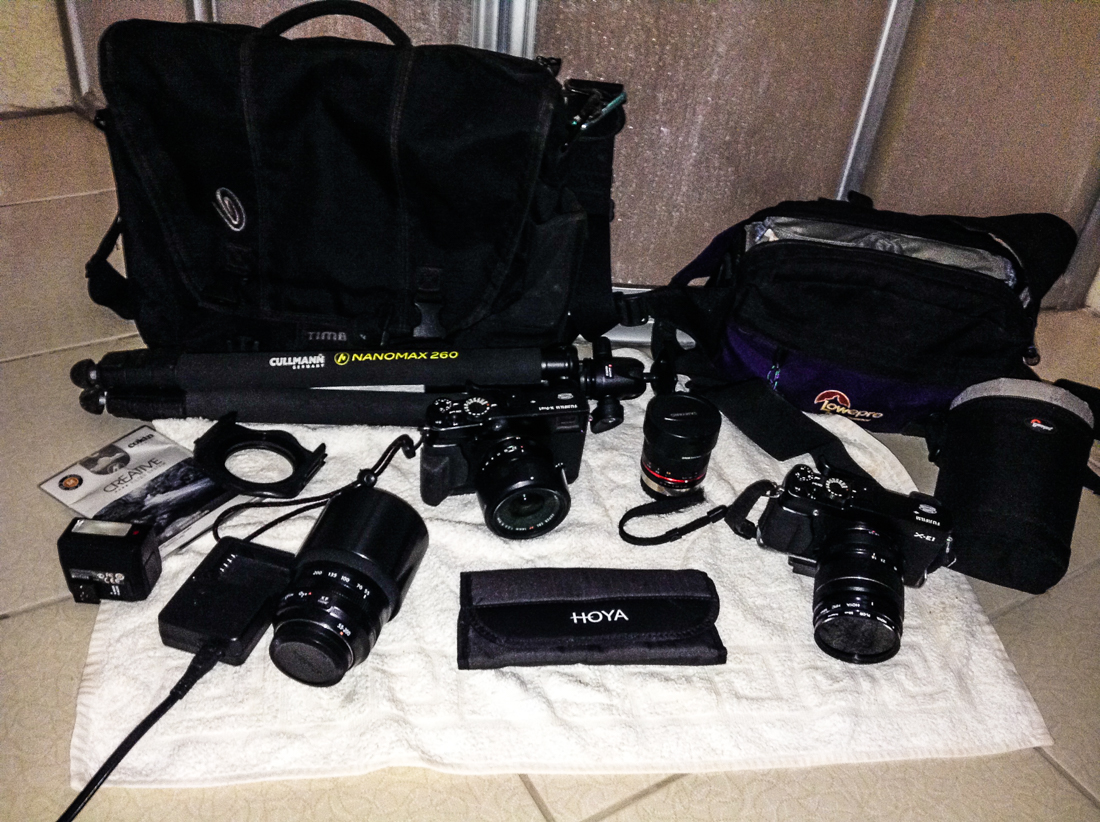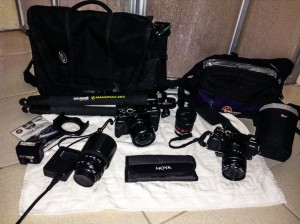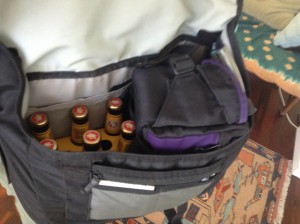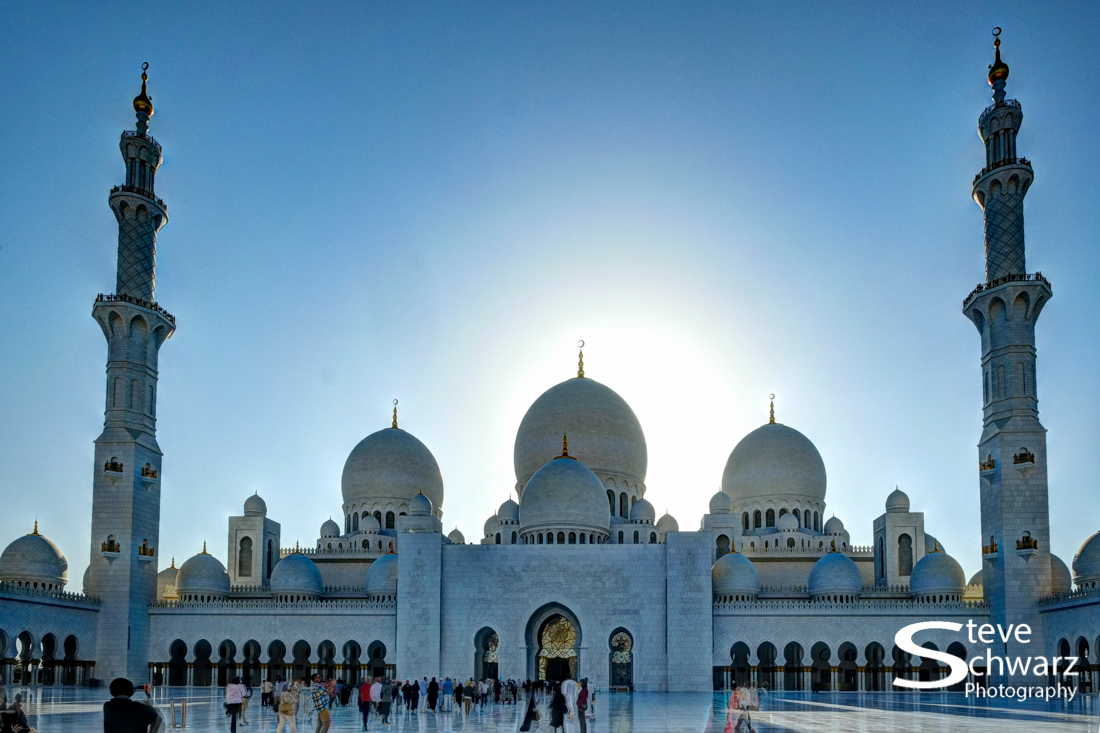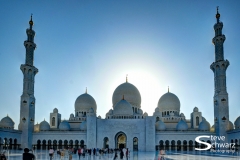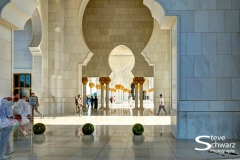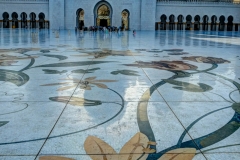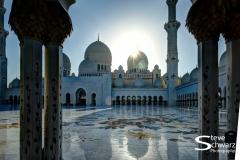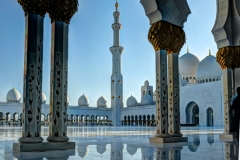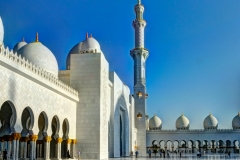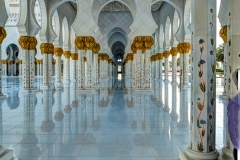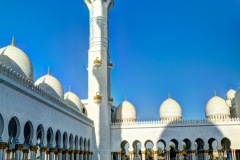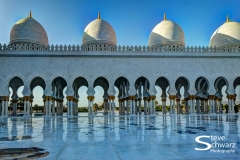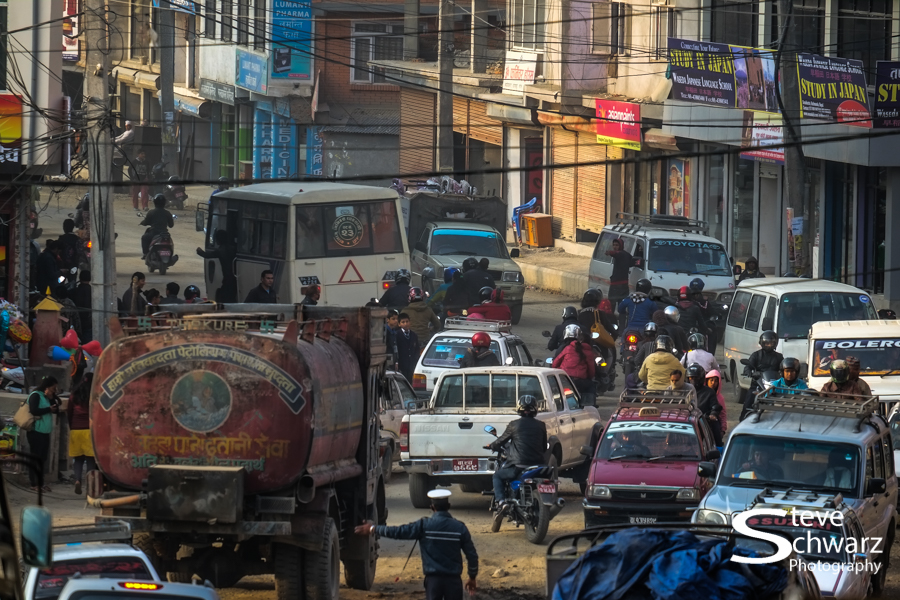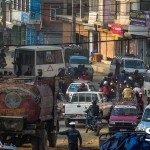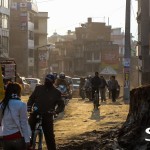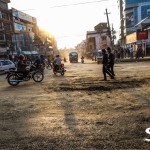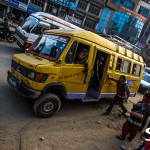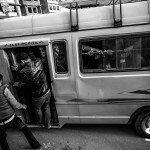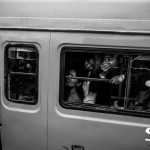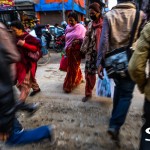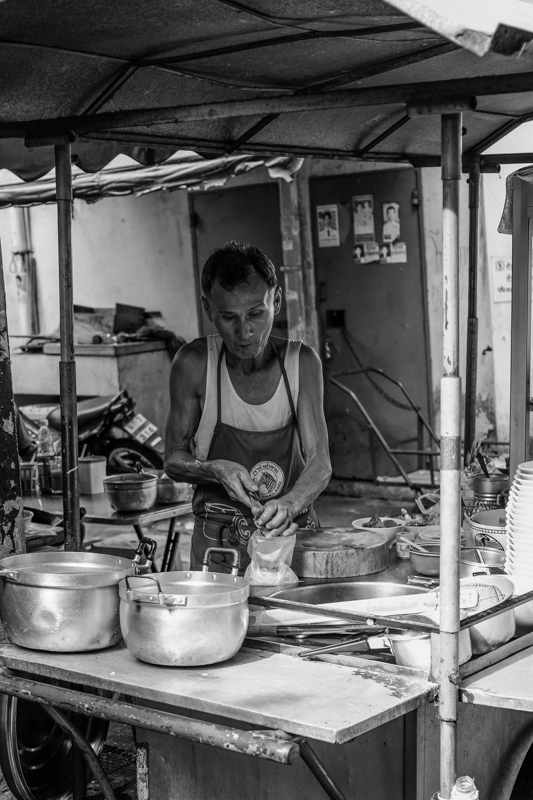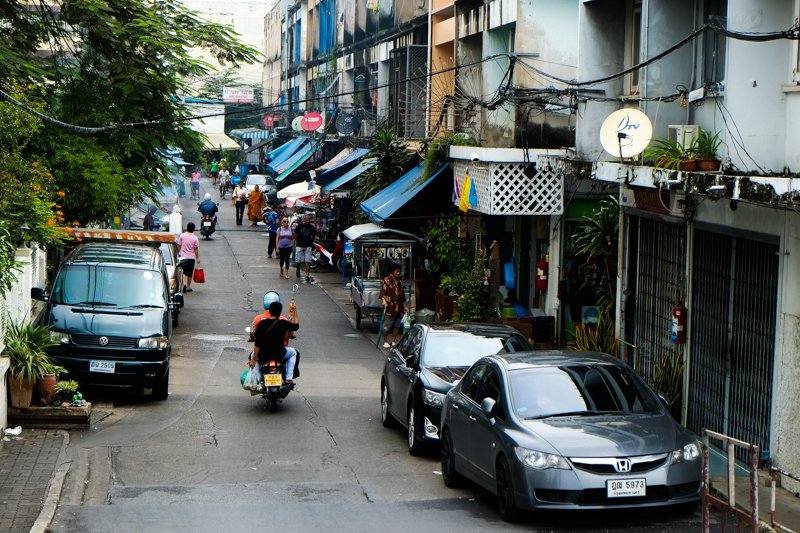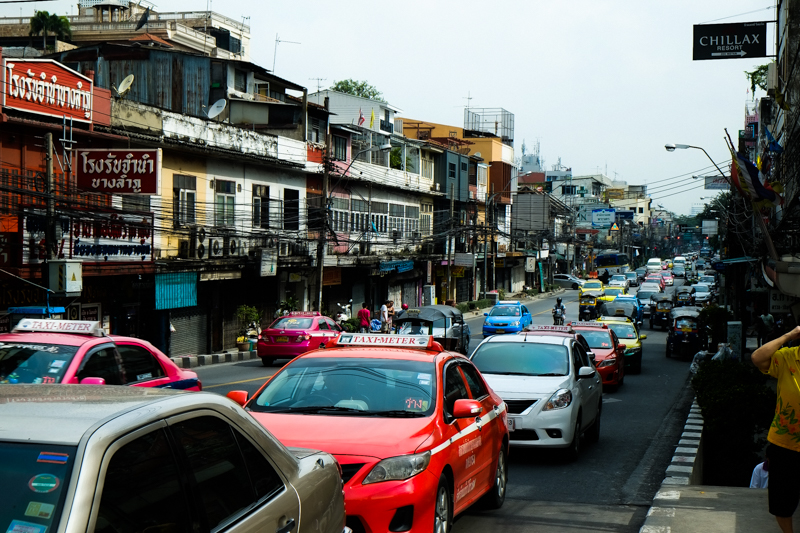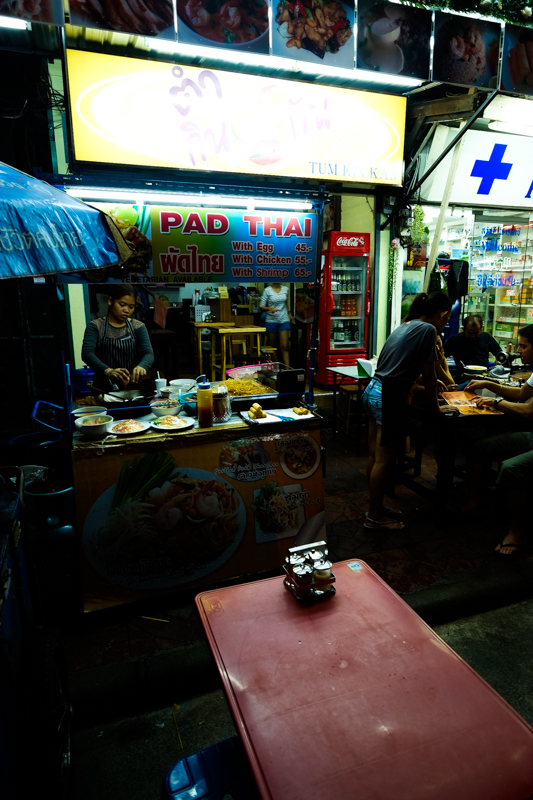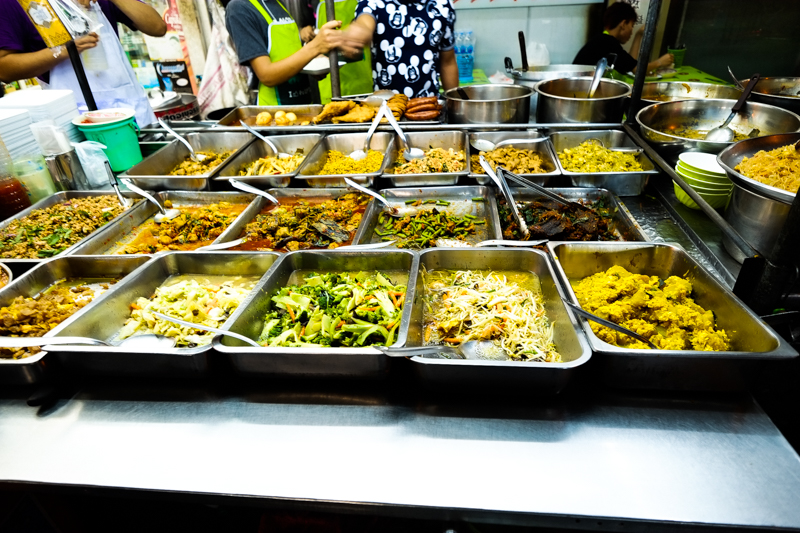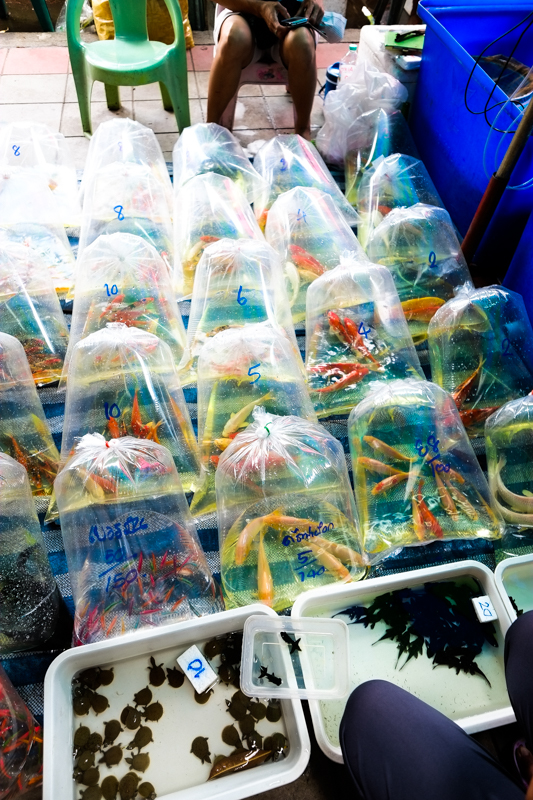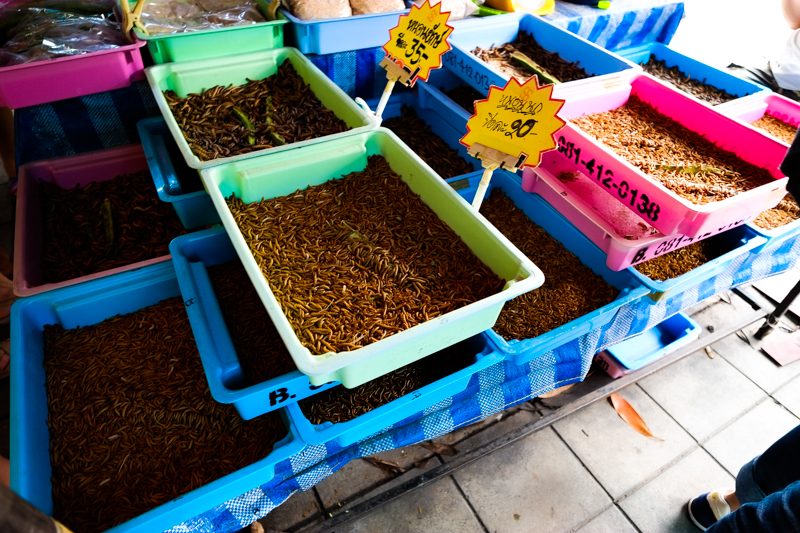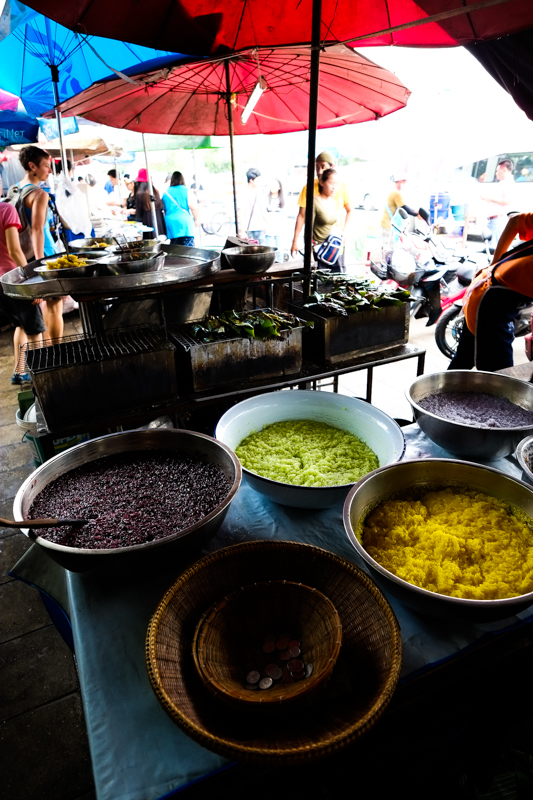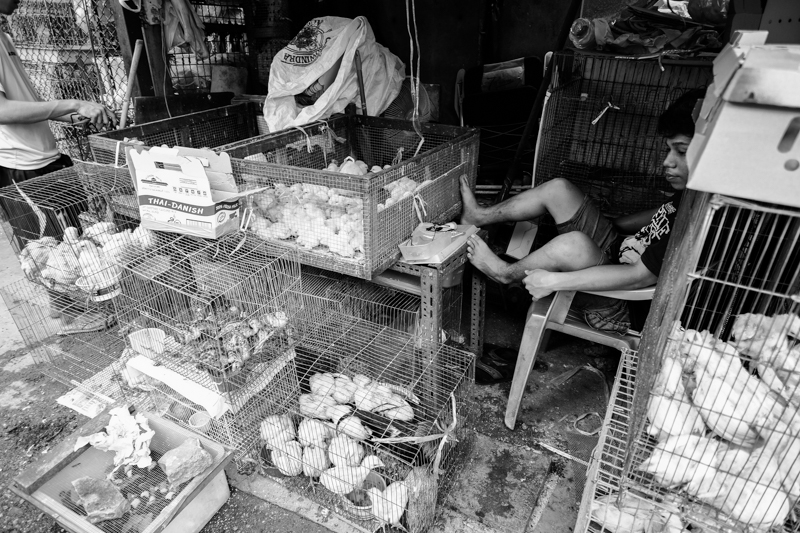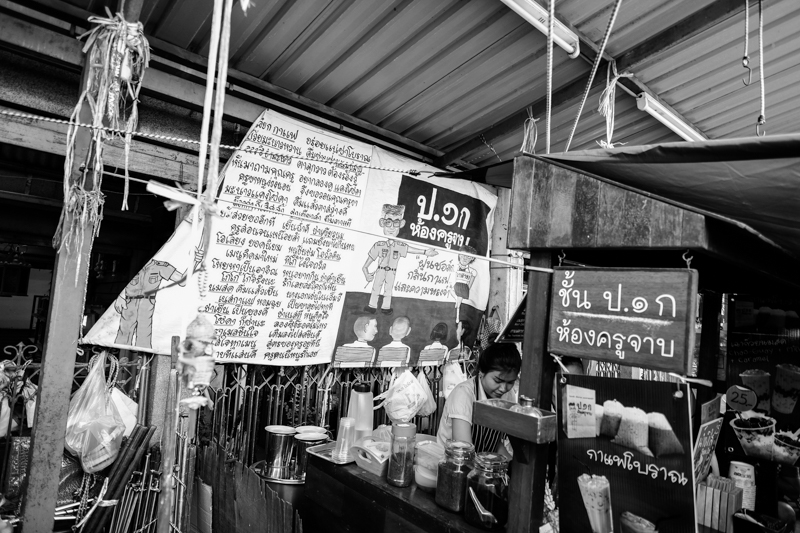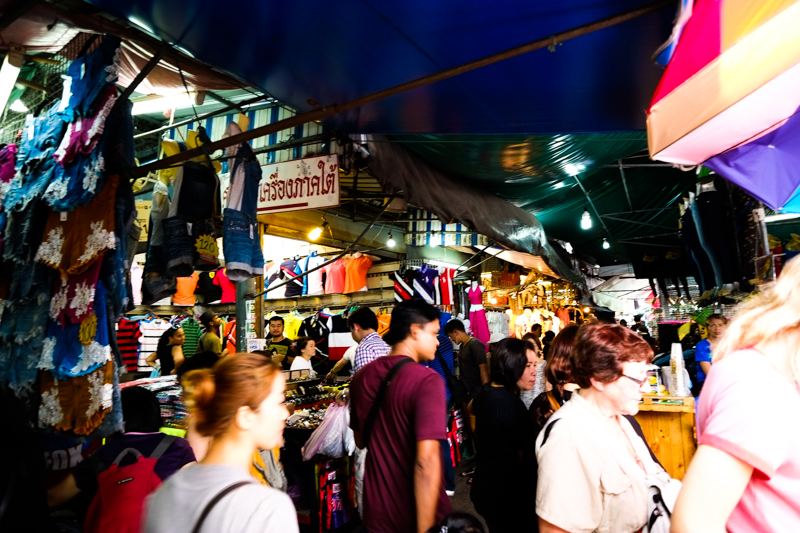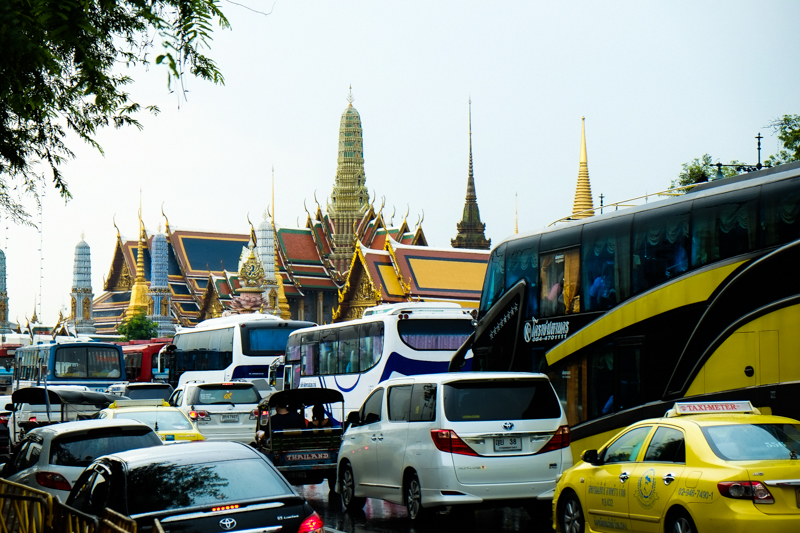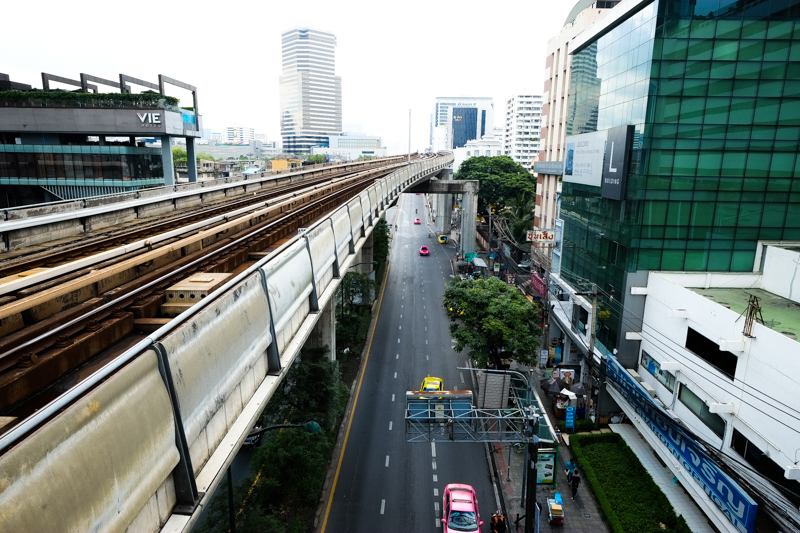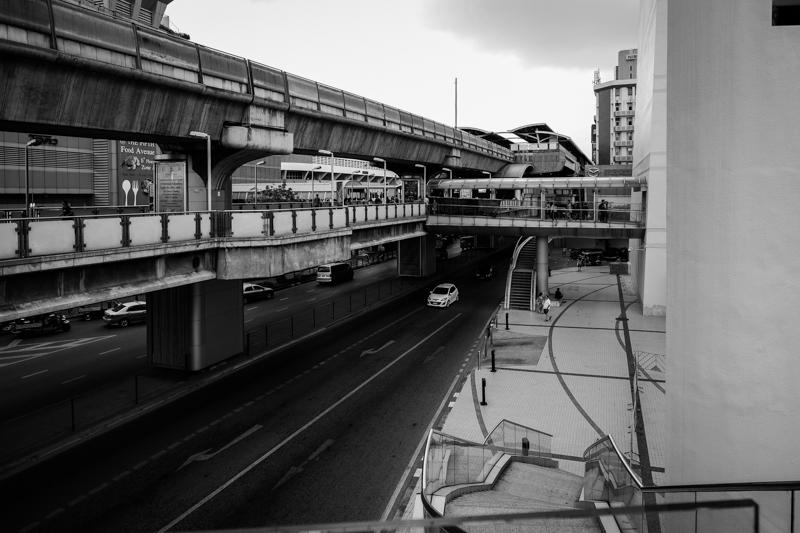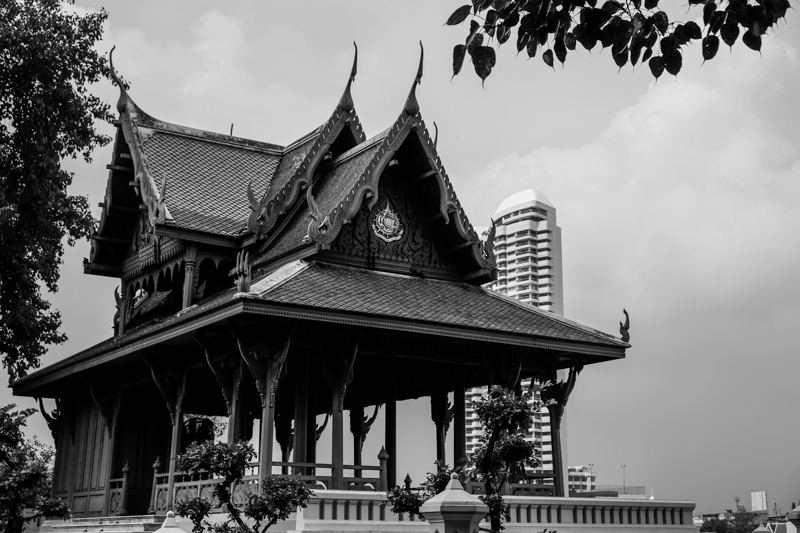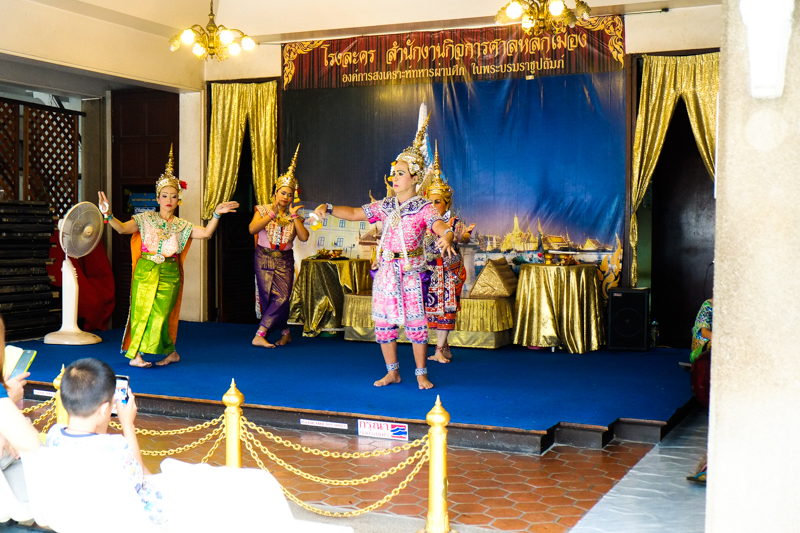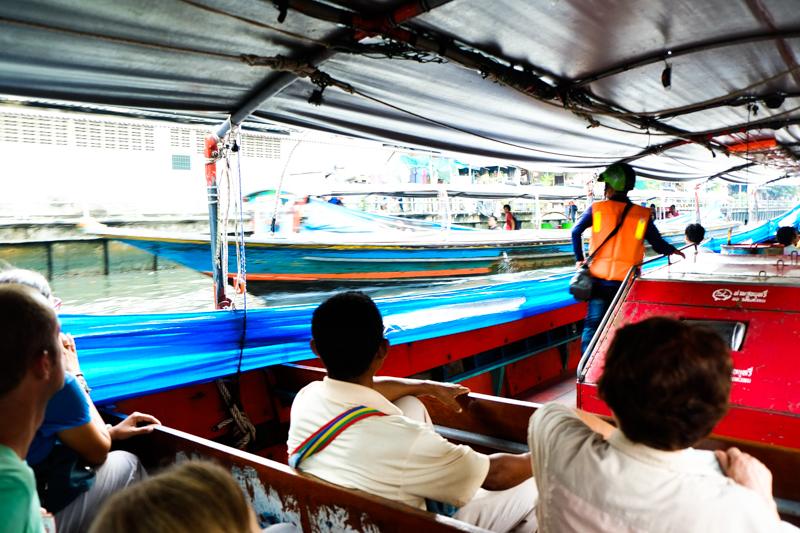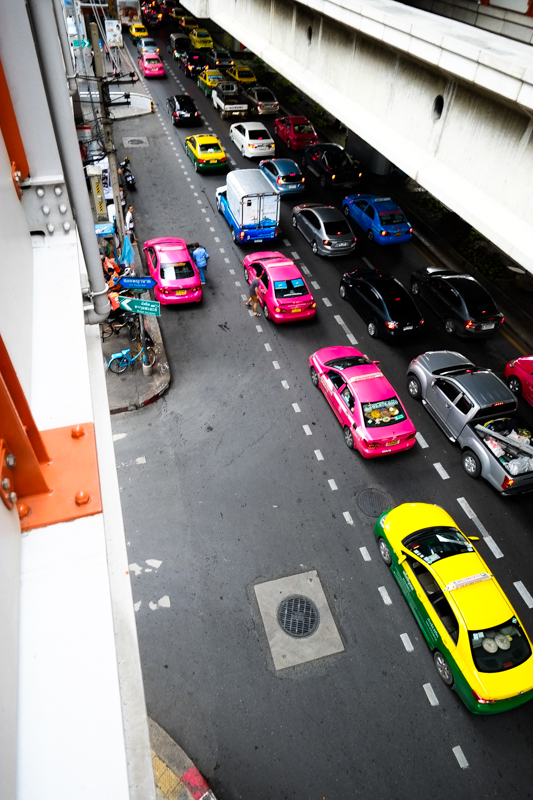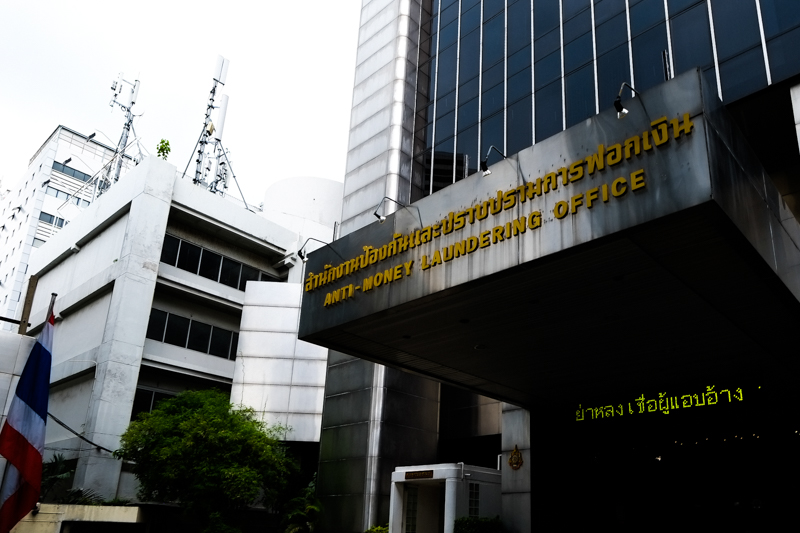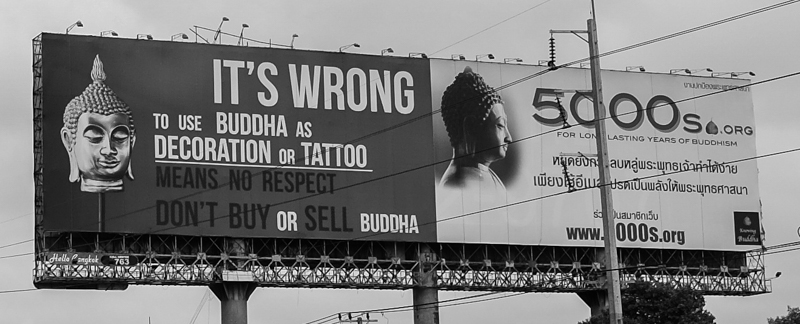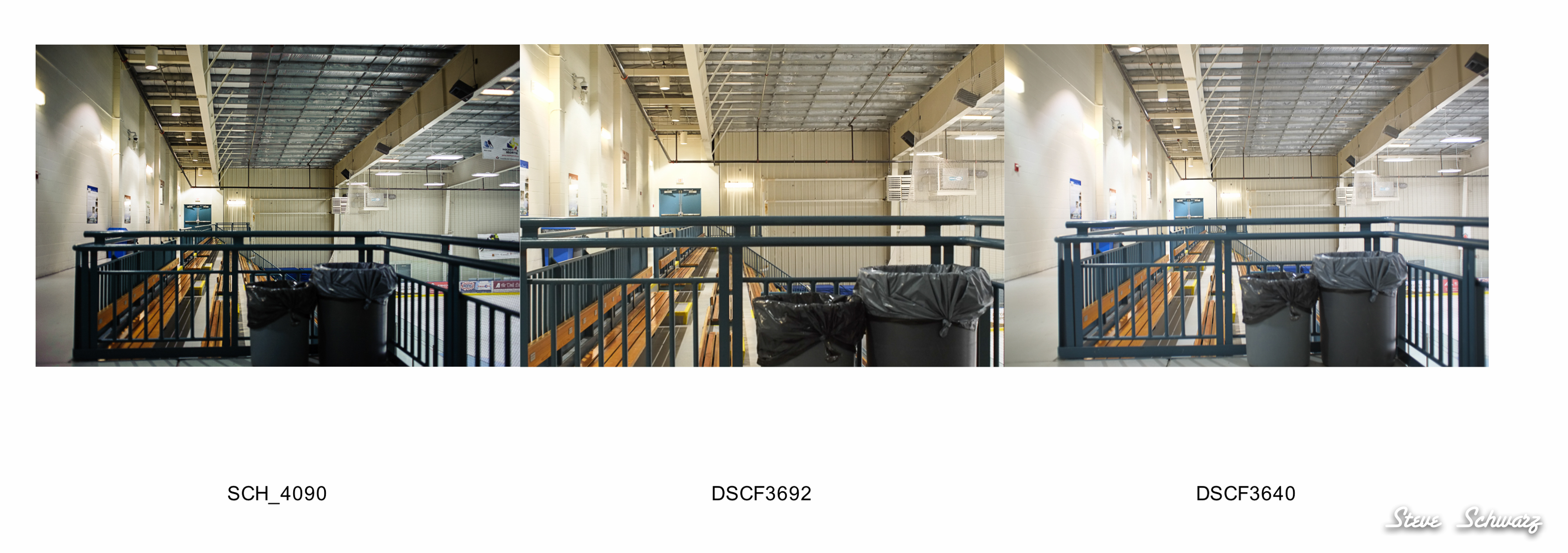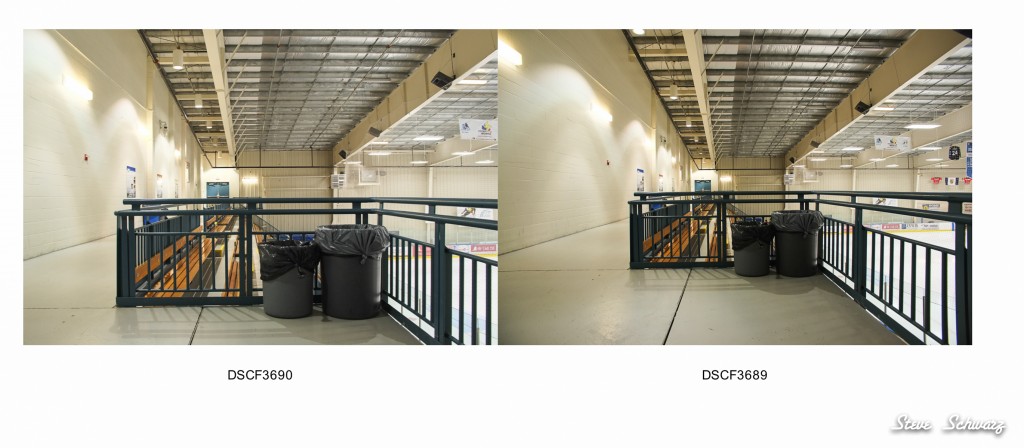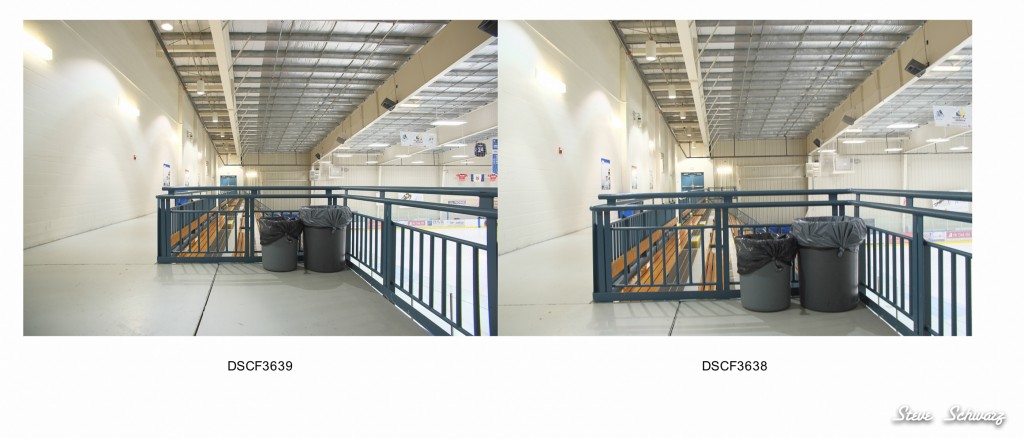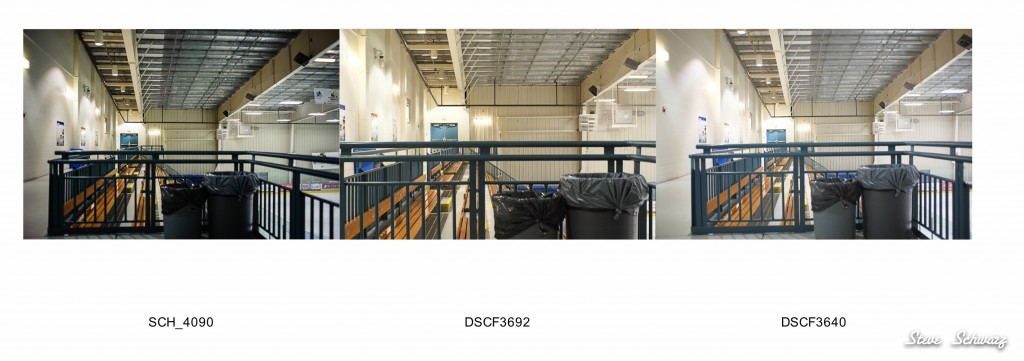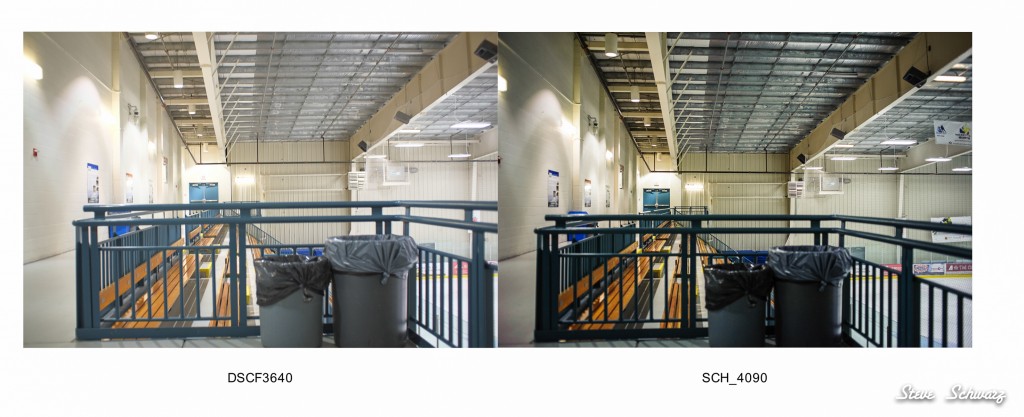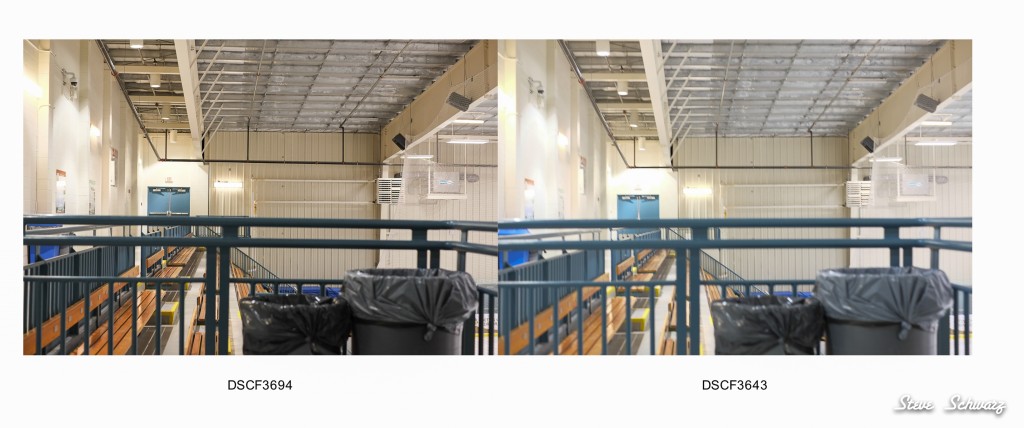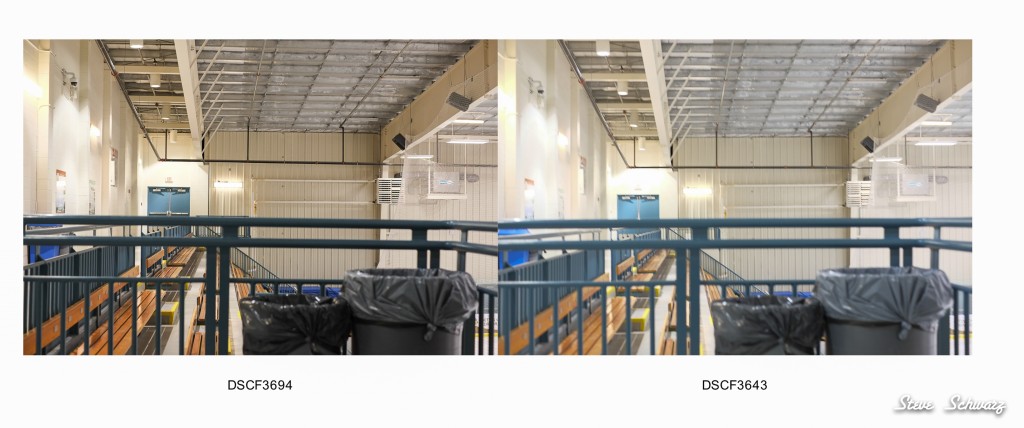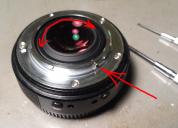A post about camera gear.
I’ve dreaded writing this post for fear of being ‘labelled/classified’ as one of those camera gear – type people.
This post in reply to the emails and Facebook messages lately asking what camera gear I am using while travelling around the world for 10 continuous months. I have both the Fujifilm X-series X-Pro and X-E1 cameras, and the answer to the other question. No – I am not selling my Nikon camera gear. There, two questions answered !.
Those that know me, know that I have a large collection of Nikon camera gear. So – why not bring my usual Nikon gear ?. Travelling for 10 months to foreign places is the ultimate photo opportunity. By experience, I have learned to always carry two camera bodies – each body with a different lens; one body with a wide angle lens, and the other body with a telephoto lens. Having two bodies, also provides the security of a backup if one camera breaks (lesson learned). Although the D700 and with a (14-24mm /17-35mm) wide angle lens, and (85mm / 70-200mm) telephoto lens combination is absolutely fantastic, I did not want to be burdened with the size and weight of all that camera gear. I wanted to travel relatively light, and not be overly noticeable as a photographer with camera gear dangling from my neck, or carried in a specialized camera bag that seems to advertise ‘steal me / rob me’.
Based on the anticipated use during the travels; predominantly street, with some landscape and general travel documentary photography, and after researching other brands, I settled on the Fuji X system since these cameras are an excellent compromise between size, weight, features, and quality. As per usual I bought two cameras – the (at the time flagship model) X-Pro, and the X-E1. Between the X-Pro and X-E1 there are a lot of similarities; both use the same sensor (I cannot see any difference between the images taken using the X-E1 or X-Pro), both use the same battery and flash, the camera controls are almost the same, and both cameras are roughly the same size and weight (although the X-E1 is a little smaller and lighter). The biggest difference is that the X-E1 has a tiny (but effective) pop-up flash, and the X-Pro is slightly larger and has a hybrid optical/electronic viewfinder.
For lenses, I brought the Fuji 14mm f/2.8, 18-55mm f/2.8-4 and 55-200mm f/3.5-4.8. I would have loved to have brought the Fujifilm 35mm f/1.4 as well. Enroute, bought a Samyang 8mm fisheye mostly for panoramas and street photography (this lens is manual focus; whereas Fuji lenses are all fly-by-wire and re-set each time the camera is turned on/off). Compared to the Nikon lenses, the Fuji (and Samyang) lenses are light-weight. The two cameras fit in a non-descript, black Timbuk2 saddle bag with room to spare for one extra lens, extra batteries, extra memory cards, filters, lens cleaning cloth, a water bottle, notepad and pen, water bottle, sunglasses other smaller items …and a 6-pack of beer !.
- Even with two cameras and three lenses, it is less-than half the size and weight of my Nikon photography gear. I like to travel light.
- Six pack in a camera bag – how awesome is that.
Complete list of camera gear:
- Fuji X-Pro (with hand grip)
- Fuji X-E1 (with DIY hand grip)
- Fuji 14mm, 18-55mm, 55-200mm lenses
- Samyang 8mm lens
- Fuji flash X20
- 5x batteries, and charger
- UV filters for all lenses, except 8mm
- Hoya 8xND and circular polarizer
- Manfrotto tripod head (494RC2), Cullmann tripod (Nanomax 260) – carrying it almost got me shot !
- MacBook Pro + 2x external hard drives
- Lowepro soft lens case
- Lowepro hip pack (fits inside the Timbuk2 bag)
- Timbuk2 shoulder bag
- SD card reader, lens cleaning cloths, Arctic Butterfly sensor cleaning brush
Thus far, at 7 months into the journey my camera gear has travelled through humid jungles of Thailand, high altitude mountain treks in Nepal, in the hot and dry Australian outback, dropped in sand on a beach in Turkey, and my camera bag has been thrown aboard busses, trucks, trains, rickshaw, and on the roof of taxis (not even tied down). I have leaned a lot about how well the X-E1 and X-Pro perform in these diverse environmental conditions – for the most part they performed well, although not without flaws. On a couple of occasions gigantic blobs of dust appeared on the sensor, and could not be removed by the built on sensor-shake-cleaner, requiring a cleaning with an Arctic Butterfly sensor cleaning brush. Autofocus is slow, though this has been greatly improved in X-E2 and X-T1 – so do not plan to use the X-E1 or X-Pro for sports or nature (e.g. flying birds) photography. Both the X-E1 and X-Pro have EV-compensation dials that are easily rotated off ‘0’, resulting in over or under exposed images. Neither cameras weather sealing (X-T1 does), so use a clear plastic bag when photographing a water ballon fight (e.g. Holi – Festival of Color in Nepal). Burst shooing at six frames/second ? – forget it, unless you want your camera to lock up for several minutes while the camera writes the images to the memory card. The weirdest glitch is between the X-E1 and 14mm, they are simply not compatible !. With the 14mm lens, the X-E1 camera locks up, the LCD goes black and flashes. When the camera is turned on/off it repeats. I removed the battery, upgraded the firmware on both lens and body, no effect. I just plan to not use 14mm on X-E1 !.
Using a Fuji X-E1 or X-Pro is unlike using a DSLR; the entire process and feeling is different. Simply- you have to enjoy using the cameras, and know what you are doing, and adjust your photography technique. Read other blogs, and read that some people have a ‘Love Hate Relationship’ with their X-E1/X-Pro. For me, it is the right tool for the job; I love the size, I love the weight (or lack of weight), I love the ergonomics of the X-Pro (whereas my D700 feels like a 5 pound brick), I love the colours of the photos, and I love that the images do not need much post processing. An added advantage of the smaller X-Pro and X-E1 cameras is that they are far more discrete that a full-size DSLR, I never stood out as a photographer, and blended into the role of tourist giving me far more freedom and access than if I had a large DSLR around my neck.
Will I sell the Fuji cameras when I get home and go back to Nikon DSLR, or keep the X-E1/X-Pro and sell the Nikon ?.
Neither – I will keep both the Fuji cameras and the Nikon. My style of photography is quite diverse; ranging from landscape, portrait, sports, wildlife, private and commercial work. Both the large Nikon and small Fuji are capable cameras, though both are completely different in capabilities. Choosing one or the other depends on the requirements of the situation. One blogger even referred to the “thoughtful” shooter – that is, you take the time to compose your image properly, check your settings, etc.
Should you buy a X-E1/X-Pro ?.
No – I’d recommend getting either the X-E2, X-T1 or waiting until the X-Pro2 is released.
Bottom line. I am very happy with my Fuji cameras and lenses, they may not be the ‘best’ travel cameras – though they are significantly smaller, and lighter than large DSLRs, and produce beautiful pictures time after time.
